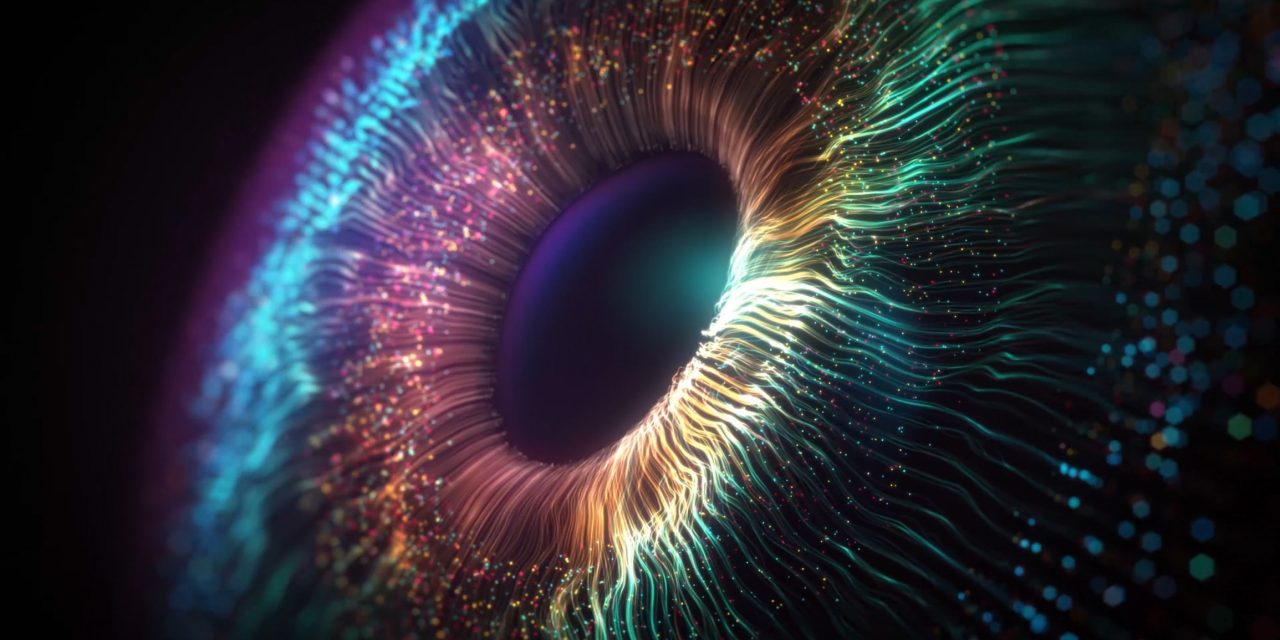To assess if small-incision lenticule extraction (SMILE) for high myopia reduces the binocular visual function assessed by stereoacuity, binocular visual acuity, binocular contrast sensitivity, and binocular summation.
University hospital DESIGN:: Prospective case series METHODS:: Patients with a myopic spherical equivalent of at least 6 diopters (D) scheduled for SMILE aimed at emmetropia were included. Psychophysical testing was done with correction before surgery but no correction after surgery. Stereoacuity was assessed with the Randot Circles test and the near Frisby test, visual acuity (monocular and binocular) was assessed with high-contrast Early Treatment Diabetic Retinopathy Study charts, and contrast sensitivity (monocular and binocular) was assessed with the Pelli-Robson chart and the Freiburg Acuity and Contrast Test. Binocular summation was calculated by comparing the binocular score against the best monocular score.
138 eyes of 69 patients were included. Mean spherical equivalent changed from -7.46 D±1.06 (SD) to -0.23 D±0.40 after surgery. Stereoacuity did not change significantly following surgery; median change (IQR) was -0.32 (-6.21 to 1.55) seconds of arc with the Frisby test and 0.00 (-7.5 to 5.0) seconds of arc with the Randot test (P≥0.06). Binocular postoperative uncorrected distance visual acuity was not different from the preoperative corrected distance visual acuity (P=0.40). Contrast sensitivity declined slightly monocularly with both tests of contrast sensitivity, but was unaltered binocularly (P≥0.08). Binocular summation for visual acuity and contrast sensitivity was unaltered following surgery (P≥0.09).
SMILE for high myopia did not reduce the binocular function assessed by stereoacuity, binocular visual acuity, binocular contrast sensitivity, and binocular summation.
Impact on binocular visual function of small-incision lenticule extraction for high myopia.


